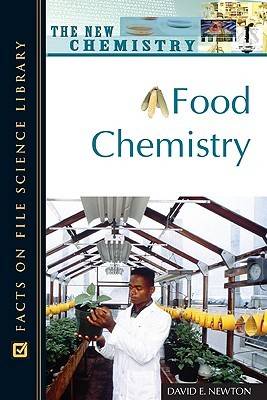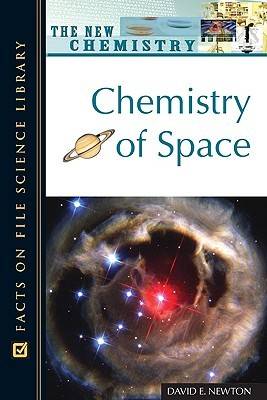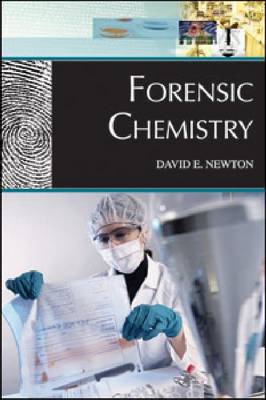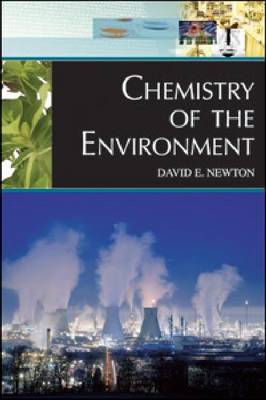New Chemistry
4 total works
Finding new, safe ways to consume food has become complicated as people become more health conscious about the foods they put into their bodies. ""Food Chemistry"" offers a wealth of information on the field of altering foods for human consumption. After an introduction outlining methods of food preservation and enhancement throughout the years (improved taste, odor, color, and nutritional content), this volume describes the differences between synthetic, engineered, irradiated, and organic foods.New foods created synthetically, such as sugar and fat substitutes, as well as genetically engineered foods and irradiated foods, have scientific and social issues attached to their development, drawing much controversy from the public. On the other end of the spectrum, general interest in consuming natural or organic foods has become more popular. This illustrated volume explores the values and harms of consuming these different types of foods, and also outlines the questions surrounding organic versus non-organic foods, including the replacement of natural vitamins and minerals with synthetically produced substitutes. Biographical information on the people involved in this field of chemistry is also included. This is an informative reference for students who want to learn more about the types of food they consume, how they are produced, and how they affect the human body.
The field of astrochemistry is constantly changing, and new space probes are sent into the solar system on a regular basis to research astronomical bodies. ""Chemistry of Space"" offers an overview of the latest information about the solar system, the planets, comets and meteors, and other features of our universe.Beginning with an explanation of the origin of the universe, otherwise known as the Big Bang theory, this new book discusses recent developments in our understanding of the chemical composition and chemical changes within new stars, comets and meteors, interstellar space, the planets, and the moon. Biographical sketches of important researchers in this field complete this enlightening volume, giving students a broader perspective of chemistry's role in space exploration.
This book offers a fascinating look at the field of forensic chemistry.From the study of explosives and bodily fluids to drug analysis and fingerprints, chemical methods have played a major role in crime investigation in the last few decades. ""Forensic Chemistry"" examines the many ways these scientific techniques have infiltrated crime investigation in today's world.This accessible book examines the chemical characteristics of fuels and explosives, as well as arson-related methods; other ways of identifying criminals through chemical processes, including blood and bodily fluid analyses, the chemical characteristics found in fibers and hair, and latent and DNA fingerprinting; and the chemical properties of drug analysis. Biographical information on important researchers in the field is also included. ""Forensic Chemistry"" is ideal for readers interested in the chemical methods used behind the crime scene.The chapters include: The Origins of Forensic Science; Fingerprinting; Forensic Serology; Toxicology and Drug Testing; Arson and Explosives Investigations; and, DNA Fingerprinting.
This is a comprehensive guide to the role of chemistry in our environment.""Chemistry of the Environment"" provides a general introduction to the role of chemistry in environmental issues, including air and water pollution, solid wastes, and the relatively new field of green chemistry. Some of the most obvious examples of pollution are smoke produced by industrial operations, carbon dioxide and other gases released into the atmosphere as a by-product of burning fuels, silt and sediment washed off land by rainwater, and garbage dumped on land.This accessible new book discusses the chemical nature of air, water, and solid waste pollution; the biological, chemical, and physical effects of pollutants; and the methods available for the control of each type of pollution. In addition to vast scientific information, this volume presents historical background and a brief introduction to social, political, economic, legal, and other issues related to the environment. Biographical information on important researchers in the field is also provided.The chapters include: The Road to Earth Day; Chemistry of the Air: Pollutants; Chemistry of the Atmosphere: Changes in the Atmosphere; Chemistry of Water Pollution; Chemistry of Solid Waste Disposal; and, Green Chemistry.



